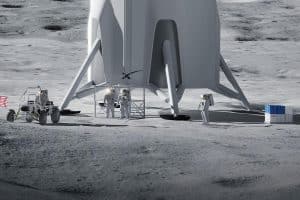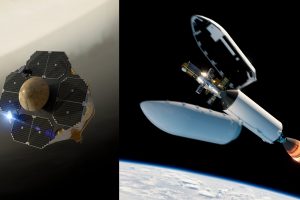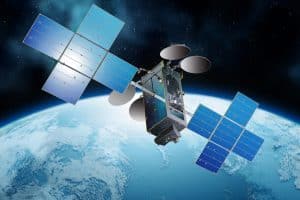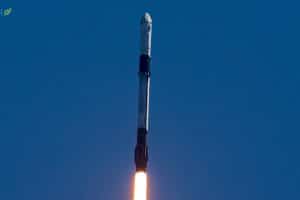SpaceX and NASA have decided to delay Crew Dragon’s next astronaut launch from October 3rd to October 4th as Hurricane Ian rapidly approaches Florida’s west coast.
While the hurricane will land on the side of Florida opposite NASA’s Kennedy Space Center launch facilities, where SpaceX leases Pad 39A, it’s still expected to impact parts of the state’s east coast as a tropical storm. In response to forecasts of torrential rain and winds close to 60 mph (~95 km/h) as early as September 28th, NASA has locked down KSC.
The storm had already delayed the arrival of Crew-5’s four astronauts as NASA monitored the increasingly concerning weather system, and is now expected no earlier than (NET) September 30th. That leaves a nominal four days for the crew to run through a busy schedule of preflight testing – including a dry dress rehearsal launch simulation – following NASA’s decision to delay Falcon 9’s Crew-5 launch to 12:23 pm EDT (16:23 UTC) on Tuesday, October 4th.
In a September 26th press conference, NASA and SpaceX officials noted that everything within their control was looking great for the launch. Only two minor issues – one with welds on some of Falcon 9 booster B1077’s COPV pressure vessels and another with a carbon fiber composite joint on Crew-5’s flight-proven Dragon capsule – were still open, and neither was expected to be a problem for the launch.
The mission will ferry NASA astronauts Nicole Mann and Josh Cassada, Japanese (JAXA) astronaut Koichi Wakata, and Russian astronaut Anna Kikina to the International Space Station, where they will spend about five months maintaining the orbital outpost and conducting science. Upon arriving at the ISS, they will take over from astronauts Kjell Lindgren, Bob Hines, Samantha Cristoforetti, and Jessica Watkins, who will board their own Crew Dragon and depart the station five days later.
Attached to a new, expendable ‘trunk,’ the Crew Dragon spacecraft arrived at SpaceX’s Pad 39A processing hangar on September 23rd and was fully integrated with Falcon 9 (an expendable second stage and reusable booster) by September 26th. Falcon 9 booster B1077 will debut on the mission alongside Dragon capsule C210 (Endurance). Dragon C210 splashed down with four astronauts after its first mission, Crew-3, on May 6th, 2022, and will head to orbit a second time 155 days later. Dragon’s turnaround record is 137 days.
Crew-5’s delay – possibly less than 24 hours – pales compared to Hurricane Ian’s other NASA impacts. Most significantly, the agency was forced to roll its first Space Launch System (SLS) Moon rocket back to shelter after playing a risky game of chicken with the storm. The rocket completed its third return to the Vehicle Assembly Building on September 27th, where a few aging or misbehaving components will need to be inspected, modified, or replaced. NASA administrator Bill Nelson anticipates that the rollback will likely delay the SLS rocket’s next launch attempt from early October to mid-November.
However, because NASA is not eager to launch SLS at night, which is where most of its November launch opportunities lie, there’s a good chance that the rocket’s next launch attempt will have to wait until November 22nd or later.





